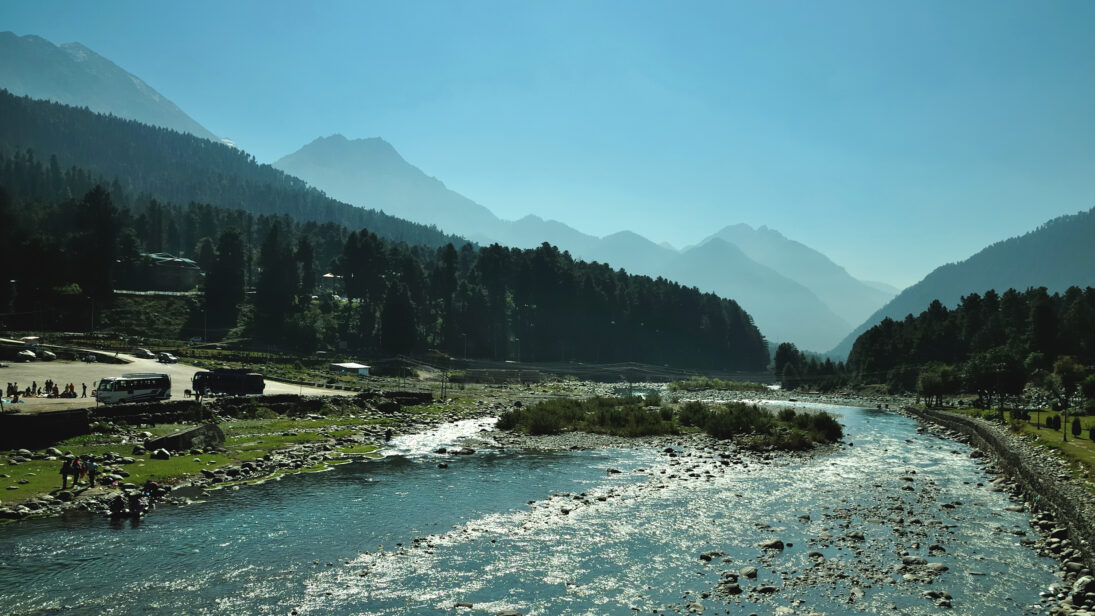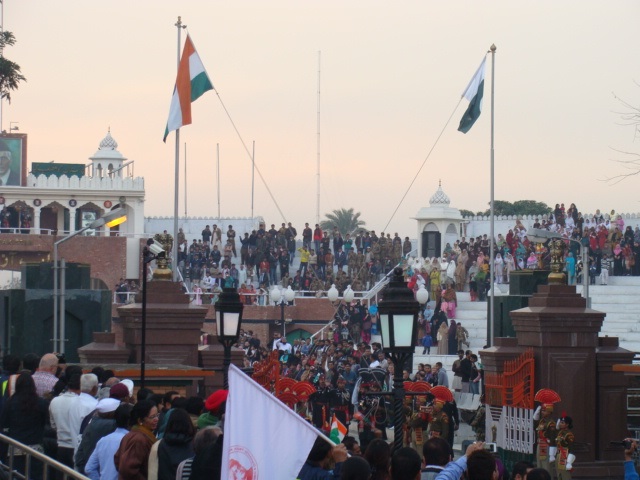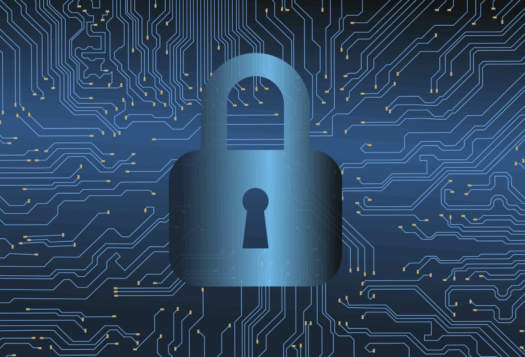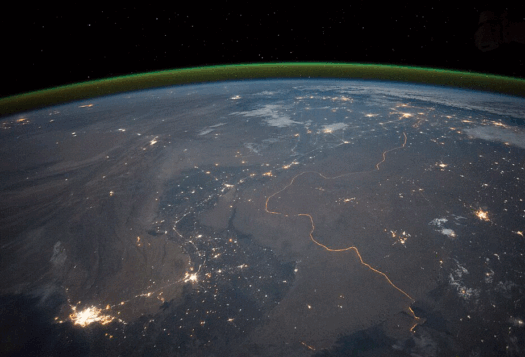
On April 30, 2025, Lisa Curtis spoke with South Asian Voices Editor-in-Chief Akriti Vasudeva Kalyankar and Associate Editors Elizabeth Zazycki and Omaer Naeem on the implications of the India-Pakistan crisis post Pahalgam, the potential U.S. role in deescalating the situation, and how shifting geopolitical dynamics in South Asia may impact the trajectory of this crisis. Curtis is a Senior Fellow and the Director of the Indo-Pacific Security Program at the Center for a New American Security. She served as Deputy Assistant to the President and NSC Senior Director for South and Central Asia from 2017-2021 under three successive National Security Advisors. She is a foreign policy and national security expert with over 20 years of service in the U.S. government, including at the NSC, CIA, State Department, and Capitol Hill.
In light of the Pahalgam crisis, what are some indicators that the United States or other international actors can use to assess escalation risk between India and Pakistan in the coming days and weeks, both in kinetic and non-kinetic terms, especially considering lessons from past crises?
LC: I have been involved in many India-Pakistan crises over the years; the 1999 Kargil War, when I was as an intelligence analyst at the CIA; during the 2001 and 2002 military buildup crisis, when I was at the State Department; and in 2019, during the Balakot crisis, when I was at the National Security Council, working in the first Trump administration.
And one of the first things that needs to be considered when looking at India-Pakistan tensions— especially when they ratchet up due to a terrorist attack suspected to have fingerprints from the Pakistan government—is the rhetoric regarding the nuclear option, which the U.S. has historically played a role behind the scenes in helping to control.
Currently, just on April 29, the Pakistani defense minister made a comment that acknowledged that India was likely preparing some kind of military retaliation, but he said that Pakistan would not exercise the nuclear option unless they felt their existence was being threatened. We are at a stage where many people are expecting some kind of Indian military retaliation, the consequences of which would be unpredictable and potentially catastrophic. In the 2019 crisis, there was some de-escalatory luck involved, in that the Indian pilot survived, was quickly returned to India to a hero’s welcome, and both sides decided to not pursue further action.
Rhetoric needs to be watched, and the United States and other international actors need to discourage any talk of the nuclear option.
We are at a stage where many people are expecting some kind of Indian military retaliation, the consequences of which would be unpredictable and potentially catastrophic.
You mentioned rhetoric. How do you assess some of the comments that we have seen in recent days from Prime Minister Narendra Modi on giving the military “complete operational freedom.” What would an Indian kinetic response look like?
LC: In order to understand the options that India is likely considering, we can look back at 2016 following the terrorist attack in Uri against an Indian army brigade. In response, there were limited strikes, or surgical strikes, as India referred to them. Afterwards, there were questions about how effective those strikes were, but importantly, India portrayed them as very effective and celebrated their success.
It is likely we may see a similar military response from India this time around. In 2019, it was the first time India struck deep inside Pakistan since the 1971 war; however, there were no fatalities reported and an Indian plane was later shot down. Indian leaders will have to think twice about similar action this time as Pakistan has indicated they are prepared.
On the other hand, India has already taken a diplomatic response, in terms of holding the Indus Waters Treaty in abeyance, which while not having an immediate impact on Pakistan’s economy, could cause long-term damage, especially if India were to create structures that would allow it to be able to withhold water from Pakistan for long periods of time. Also, India can choose not to share certain data with Pakistan that could be harmful for Pakistan. We all saw the massive flooding in Pakistan just a few years ago, for example.
So, you could make an argument that India has already responded and retaliated, but still, the rhetoric is heightened, and there does seem to be some indication that India is still considering some kind of kinetic response.
What are some key factors that differentiate this current situation from the 2019 Balakot crisis, and what impact might they have? One potential difference to consider perhaps is that in Pulwama, security personnel were targeted, whereas this time, civilian tourists have been targeted based on their religion, according to testimonies from survivors.
LC: I would point to three major differences between this crisis and the 2019 crisis: the first is the emotional response in India. Certainly, the killing of the 40 Indian security forces in Pulwama in 2019 evoked a very emotional and robust response inside India. But this situation is a bit different. You have 26 civilians singled out for their religious beliefs, murdered in cold blood, sometimes in front of their families. The response that has been most surprising has been from Kashmiris themselves – they are angry and have stated their opposition to these attacks. For Kashmiris, it is very personal.
The second difference is that the Trump administration initially sent signals that it was uninterested in getting involved in helping to defuse the crisis; however, that has now changed. The United States has traditionally taken an active role during past India-Pakistan crises by coming in, working the phones, talking to both sides, and trying to find a solution that does not involve the possibility of a conflict that could potentially go nuclear. In 2019, for example, former Secretary of State Pompeo was on the phone talking with the Indian Foreign Minister, talking with then-Pakistan Chief of Army Staff, General Bajwa. Even though when the Balakot attack happened and the dog fight between the Indian and Pakistani jets happened, Pompeo was in Hanoi with National Security Advisor Bolton, as well as President Trump, all of whom were involved in the North Korea talks, but still, he recognized how serious the situation was and took time to ensure that he understood what was happening and that he could communicate with both sides to try to counsel restraint. Hopefully the Trump administration will signal that it is getting involved, that it is talking to both sides.

The third difference is the Chief of Army Staff in Pakistan. General Bajwa tended to be a more measured Chief of Army Staff. He had good relations with Washington and had been in constant contact with the former U.S. Chargé d’affaires in Pakistan, Paul Jones. The current Chief of Army Staff, Asim Munir, has a reputation of being quick to anger and emotional. One week before the attack, he made an extremely provocative speech in which he said Kashmir was Pakistan’s jugular vein. He talked about the differences between Hindus and Muslims, and how you could never reconcile between the two because of religious differences. That rhetoric has people concerned – we seem to have a very different personality as Chief of Army Staff right now. And one other thing is we do not have ambassadors in either India or Pakistan. And, U.S. ambassadors played a very important role in 2019. The Chargé d’affaires in Pakistan, Paul Jones, and the Ambassador in India, Ken Juster were on the phone with officials in their respective countries and with each other. There was a very proactive role being played at all levels of the U.S. government, and my fear is that right now we do not have ambassadors in either country who are able to engage in that same level of communication. We have also seen from the Trump administration a certain level of disorganization when it comes to other conflicts, whether it be in Russia or the Middle East. And that could also impact this crisis.
Pulling on that thread, based on your experience in the U.S. government during the Balakot crisis, what might a proactive and effective policy response from Washington to the Pahalgam attack and bilateral tensions look like?
LC: Well, with India, the message from the United States should be: we are in complete solidarity with you, the victim of this horrific terrorist attack. The United States should signal that it wants to cooperate with India on counterterrorism. And of course, it is India’s decision how it will respond to this tragic attack. But should India want to look for other diplomatic ways to deal with this crisis, the United States can work with India. And the United States has helped India during times of past crises, such as during the 2019 crisis. For example, the United States worked in the UN Security Council to ensure that Masood Azhar, the leader of Jaish-e-Mohammed, was listed as an international terrorist. This had been something that the U.S. had supported for a long time, but the action had been blocked by China. However, given the crisis, the U.S. was able to make a fresh push, and finally, that designation was made. There are also options at the Financial Action Task Force (FATF); the United States could help initiate action against Pakistani terrorist groups or individuals located inside Pakistan. These are ways that could take the heat off India to have to respond militarily. If India can demonstrate to its public that the United States is an ally during its time of crisis, helping to thwart the terrorist threat that India faces, that can reduce the pressure on Modi to respond militarily. With regard to Pakistan, the United States and Pakistan had just started to improve relations. Pakistan had been frustrated during the Biden administration, felt ignored, and they were particularly angry towards the end of the administration when Biden officials accused Pakistan of developing nuclear missile capabilities to target the United States. And so, there was some hope with the new Trump administration that U.S.-Pakistani relations could potentially improve, and that hope was bolstered when President Trump acknowledged Pakistan’s role in helping to capture and then extradite one of the perpetrators of the terrorist attack in Kabul on August 26, 2021 that killed 13 U.S. Marines and hundreds of Afghans. There was some hope in Pakistan that the United States and Pakistan could enhance their counterterrorism cooperation and could begin to examine closer trade and economic ties. Pakistan had recently held a critical minerals conference that the senior Bureau official for South and Central Asian Affairs at the State Department, Eric Meyers, attended. Unfortunately, with this terrorist attack, U.S.-Pakistani relations have been set back. So, the United States could message to Pakistan that it would help if Pakistan took immediate steps to try to deescalate the situation with India. That would be the best way to try to preserve some space for improving U.S.-Pakistani ties in the future.
Staying on that third party crisis manager role that the United States has traditionally played in India-Pakistan crises, how do you think the current geopolitical environment will shape the trajectory of this crisis? On the one hand, the Indo-U.S. relationship has deepened since the last crisis, becoming much more strategically aligned. On the other side, the China-Pakistan relationship, although there are some troubles, has also strengthened. There is a lot of literature in crisis management about honest brokers, and the need for impartiality or neutrality of a crisis manager in a situation like this. So how does that impact what the United States and China are able to do or not do in this crisis, in terms of leverage that they have on the two actors?
LC: That is a factor. The United States has lost some of its leverage in Pakistan because of the deteriorating relationship over the past several years, but there is still time for Washington to try to create leverage with Pakistan. I am happy to see that Secretary Rubio has reached out to both sides. He can demonstrate there is still some support for building the U.S.-Pakistan relationship. Even though Pakistan has tremendously close ties to China, it does not want to be wholly dependent on China. Pakistan has traditionally tried to balance its relationship with China and the United States. It values both relationships, and Washington can take advantage of that. Regarding China’s role, it has not traditionally played a large role in India-Pakistan crises. India and China fought a war in 1962, and had a major border crisis in 2020. Despite some lessening of tensions in recent months, they are still strategic adversaries. China cannot play a mediator role because it is not seen as an impartial player. China’s role in past India-Pakistan crises has varied. During the 1999 Kargil border conflict, China played a helpful role in eventually pushing Pakistan to pull back troops. But if you go more recently to the 2019 crisis, there is consensus that China did not play a helpful role, and instead, contributed to increasing tensions between India and Pakistan.
When it comes to helping to reduce tensions between the two countries, the role falls to the United States. Even though Washington has tilted towards New Delhi in the last five years, certainly in enhancing the strategic partnership, providing jet engine tech, and increasing military cooperation to counter China’s rise, the United States is still seen as being able to offer its good offices during an Indo-Pakistani crisis. Both the Biden and Trump admins saw India as a counterweight to China, that is why they continued to focus on India. Pakistan is still important to the United States, and Washington should seek to avoid a situation in which Pakistan becomes fully dependent on China. Some would argue that Pakistan is a lost cause, but I disagree. Pakistan still wants a good relationship with the United States. There is still potential for that relationship to grow in the future. But this terrorist attack has been a setback in that overall process.
[…] The United States still has a role to make sure that conflict, especially a potentially nuclear one, does not engulf South Asia.
What steps are needed to reduce the likelihood of future crises like this one emerging between India and Pakistan?
LC: Firstly, the United States needs to be more focused on what is happening between India and Pakistan, so that it can take the temperature between the two adversaries on a regular basis. For instance, we know that Pakistan has accused India of being involved in some of the terrorist attacks that have recently occurred inside Pakistan. One of those attacks was conducted by the Baloch Liberation Army on a train going from Quetta to Peshawar only a few months ago. The United States needs to pay attention to what is happening on both sides of the border in order to deescalate crises when they blow up.
Second, continue to push for confidence building measures. The United States has really stepped back from that role, whether that be in the nuclear front or on the terrorism issue. The United States should be involved on both sides and pushing towards diplomacy and dialogue. If not, India and Pakistan will be moving towards conflict and tension. This is not a dispute that remains static, and it is incumbent on the United States to try to help reduce tensions between India and Pakistan before they reach the precipice of a conflict.
The third thing would be for the United States to ensure that Pakistan is focusing on socio-economic development. Here the United States can play a positive role and be more involved in economic and education investment initiatives in Pakistan, to ensure that Pakistan is focused on uplifting its own people and improving its own socio-economic indicators, many of which have fallen below Bangladesh in recent years. This will help ensure that Pakistan does not rely on terrorist proxies to accomplish regional objectives.
In sum, the United States should pay attention to what is happening in both countries, push India and Pakistan towards more confidence-building, and find ways to reduce Pakistani support for terrorism and extremism and help in development of the Pakistani economy.
In the previous Q&A you conducted with SAV, we asked you if you had any advice for the Administration or other officials, in your former role managing South Asia in the White House. You mentioned that the United States is good at being involved during crisis, but less so on continuous engagement post crisis to create pathways to prevent escalation. You also mentioned that U.S. policymakers should recognize they cannot change conflict dynamics between India and Pakistan, and they should learn the history of these issues, so past mistakes are not repeated. Is there anything you would add or change given the situation today?
LC: I would still hold to that advice. The United States in the past has fallen into the trap of assuming it can solve the fundamental problem and territorial dispute over Kashmir. That is a fallacy that creates more problems than it solves. President Trump’s recent comments, although not precisely factual, carried the right message that it is only the two sides themselves that can fundamentally resolve the Kashmir issue.
That said, the United States still has a role to make sure that conflict, especially a potentially nuclear one, does not engulf South Asia.
Also Read: Pahalgam Aftermath: An Unfolding India-Pakistan Crisis. For more analysis on Pahalgam and its aftermath, read our entire series here.
Views expressed are the author’s own and do not necessarily reflect the positions of South Asian Voices, the Stimson Center, or our supporters.
***
Image 1: Draskd via Flickr
Image 2: Paasikivi via WikimediaCommons


